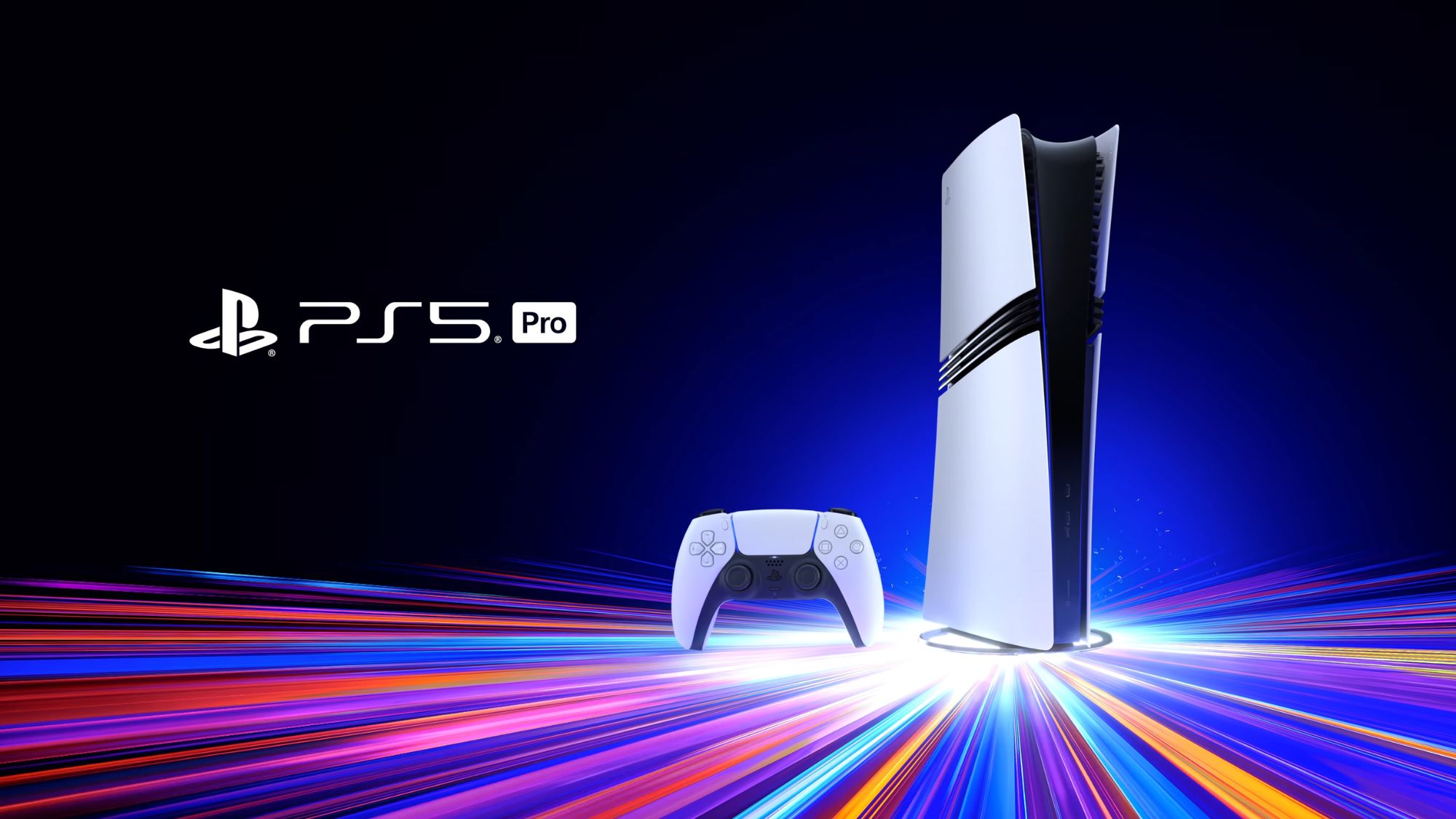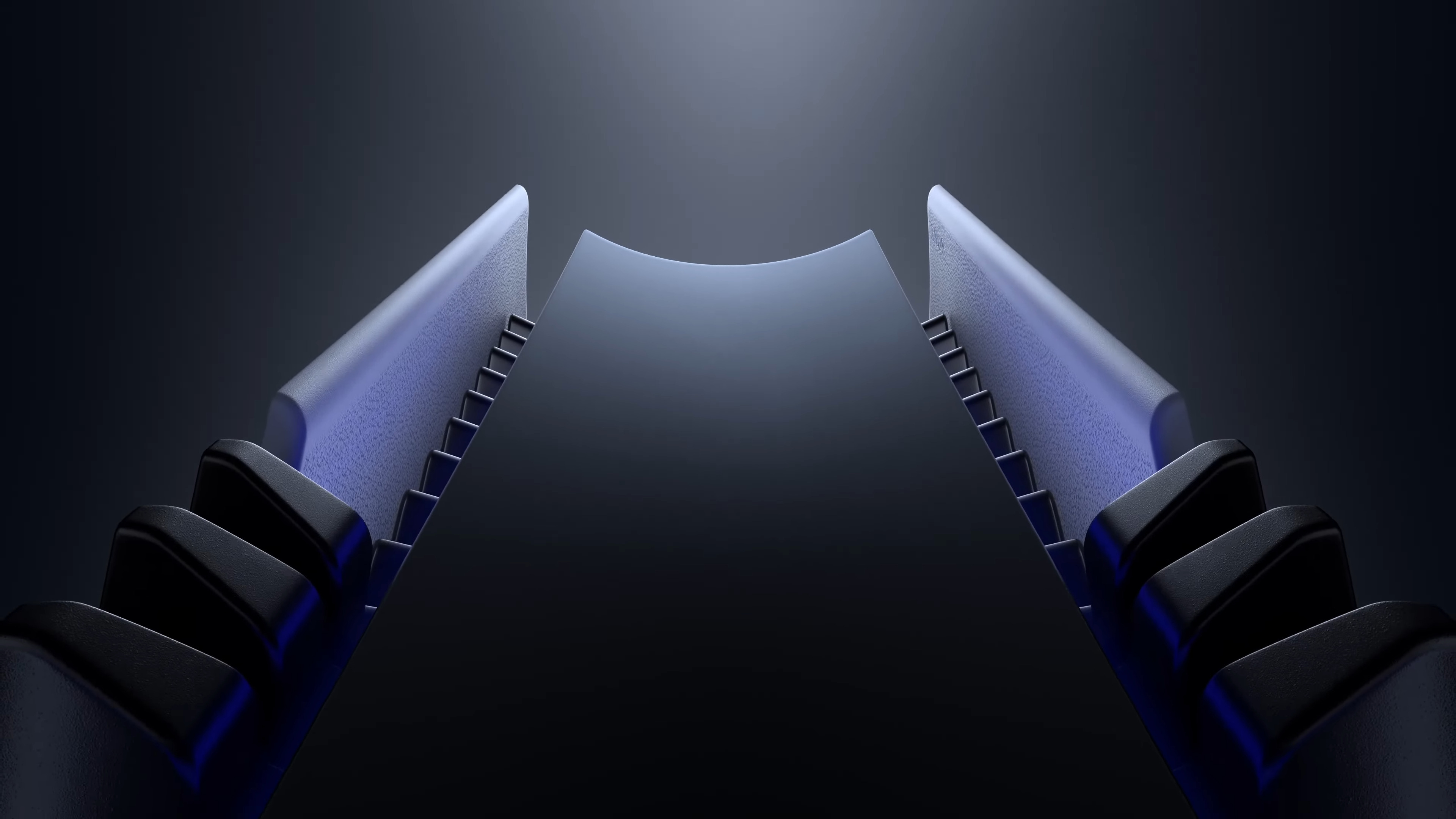
The PlayStation 5 Pro is almost here, with the console arriving in players' homes and going up on shelves officially as of November 7, 2024.
With reviews also now out in the wild - see our PS5 Pro review here - we now know the full extent of the PS5 Pro specs and what makes it tick.
The headline is that the PS5 Pro specs offer a much more capable experience that is based on offering higher fidelity graphics and more reliable frame rates of 60 frames per second or more. The premium console offers a larger and more capable GPU that will offer 45% faster rendering overall, as well as complementary features to that graphics unit of advanced ray-tracing (a boost to dynamic lighting and shadows in games), as well as AI-driven upscaling tech called PlayStation Spectral Super Resolution which will add clarity and greater detail.
Having now spent time with the PS5 Pro, I can confirm that this new tech is the real deal and it works wonders with blending fidelity and performance in games. It's a thing to behold and the moment-to-moment in-game experiences are wonderful.
Elsewhere, beyond the purely graphical upgrades, the PS5 Pro specs offer 2TB of storage which is excellent, and Wi-Fi 7 which should improve connectivity by a fair bit too. There's also a setting for enhancing the quality of PS4 games which is nice to have though the results aren't totally clear so far. It is worth noting that the console won't come with a disc drive out of the box.
All this adds up to an exciting combination of PS5 Pro specs that could offer a superb experience, and something to really get your teeth into if you're deciding whether to buy a PS5 Pro. Read below for a full breakdown of all the PlayStation 5 Pro specs we know so far as well as some analysis on what they mean for your upgraded experience.

PS5 Pro specs in full
With the PS5 Pro specs confirmed in full now, we now have a much better picture of what powers the new console. The table below lays out the PlayStation 5 Pro specs we now know about, and how they compare to the standard PS5.
Sign up for breaking news, reviews, opinion, top tech deals, and more.
| PS5 Pro | PS5 Slim | |
| Price | $699.99 / £699.99 / AU$1,199 | $499.99 / £479.99 / AU$799.95 |
| Dimensions (WxHxD) | 15.2 x 3.5 x 8.5in / 388 x 89 x 216mm | 14.1 in x 3.8 in x 8.8 in / 358mm x 97mm x 224mm |
| Weight | 6.8lbs / 3.1kg | 7.1lbs / 3.2kg |
| Storage capacity | Custom 2TB SSD | Custom 1TB SSD |
| Storage expansion | M.2 NVMe SSD slot; external storage via USB | M.2 NVMe SSD slot |
| Connectivity | WiFi 7, ethernet, Bluetooth 5.1 | WiFi 6, ethernet, Bluetooth 5.1 |
| CPU | 8 core / 16 thread AMD Zen 2 | 8 x Zen 2 core |
| GPU | 16.7 TFLOPs, AMD Radeon, RDNA-based graphics engine | 10.28 TFLOPS, AMD Radeon, RDNA-based graphics engine |
| Memory/RAM | 16GB GDDR6 / 2GB DDR5 | 16GB GDDR6 |
| Upscaling | PSSR (PlayStation Spectral Super Resolution Upscaling) | N/A |
| Ports | 1 x HDMI 2.1, 1 x Ethernet, 2 x USB-C, 2 x USB-A | 1 x HDMI 2.1, 1 x ethernet, 2 x USB-C, 2 x USB-A |
In terms of more particulars, and having a closer look at what some of this means, a few bits of the PS5 Pro specs have caught our eye in particular.
PS5 Pro specs: Graphics
The boost in power that the upgraded GPU will offer is considerable.
In cold hard terms, the PS5 Pro GPU has 67% more compute units than the PS5 and its memory is 28% faster; this will enable the console to render 45% faster overall, as well as make the general experience much smoother. It also means there's a very tangible boost to ray-tracing capability and the rendering of light, shadows, and textures.
The PS5 Pro also boasts Advanced Ray-tracing as part of PSSR (PlayStation Spectral Super Resolution), which provides more dynamic reflection and refraction of light, enhancing the detail in games, specifically detail that can be seen in the background. Sony has confirmed that this will also allow the rays to be cast at double, and at times triple, the speeds of the current PS5 console.
However, there are also big moves away from the core hardware components. The introduction of PSSR means that the PS5 Pro can provide "super sharp image clarity by adding an extraordinary amount of detail" according to Sony. With the console's AI-driven upscaling technology, there is also a boost to a game's resolution by analyzing the picture pixel-by-pixel, and allowing game images to be filled out by machine-learning - rather than anything incorporated into the software by developers - to increase detail and clarity.
All in all, these upgrades are aimed at tackling the fidelity vs performance 'dilemma' head-on - Sony wants to remove this decision entirely with the PS5 Pro spec combination. In practical terms that will mean PS5 owners can enjoy higher resolution gaming (with much more detail as a result) at higher frame rates - something that we can now confirm.

PS5 Pro specs: CPU
The CPU is only listed as an "8 core / 16 thread AMD Zen 2" in the PS5 Pro manual which is similar, if not the same as the PS5.
However, while not confirmed in the manual, frustratingly, it's been rumored that the PS5 Pro's CPU will run at a higher speed that will enable it to work at a higher rate. That will in turn elevate performance and allow for greater stability to many games' attempts to hit specific frame rates.
PS5 Pro specs: SSD
In excellent news, there's a change and upgrade to the onboard storage in the PS5 Pro with the new console offering chunky 2TB of SSD goodness. This is an excellent and very welcome and one we're big fans of - the base PS5's 825GB (which left around 630GB of usable space) never felt sufficient for this generation, especially for Call of Duty players or those who frequently install massive 100GB+ AAA titles. However, a jump to two terabytes rectifies that - and then some - allowing for far more games to be installed without the need for extra storage.

PS5 Pro specs: Other features
Another new feature is what Sony referred to as the 'PS5 Pro Game Boost'. This will apply a boost in enhanced picture quality to PS4 games playable on PS5 Pro, and might also stabilize or improve the performance of PS4 and PS5 games. Enhanced Image Quality can also improve the resolution for select PS4 games, reportedly. I have had to squint quite hard to see the benefits of this so far in my testing but hopefully this will become clearer with more testing and playing.
The optional disc drive is also an interesting - and frustrating - move spec-wise. Starting the PS5 Pro without a disc drive to keep the entry price low makes sense on one level, however, it feels likely that those most keen on the most performant console available will be those who prefer to use physical media. And even then, that $700 / £700 price tag doesn't really feel like Sony has tried to keep costs down too much.
The Pro will come with the latest wireless technology, Wi-Fi 7, in territories supporting this standard. That'll be a huge boost to online play stability and downloads speeds, especially for folks who can't easily wire up to their router with an ethernet cable. The PS5 Pro starting life out as an all-digital console by default almost demands this feature; better Wi-Fi for playing and downloading a digital library is vital. This might also offer a benefit to those who'll be combining a PlayStation Portal with their new PS5 Pro.
You might also like...
- PS6: when can we expect the PlayStation 6 and what do we want to see?
- PS5 Pro reveal analysis - 5 things we learned about the next PlayStation console
- Upgraded PS5 Pro games will feature a special label

Rob is the Managing Editor of TechRadar Gaming, a video games journalist, critic, editor, and writer, and has years of experience gained from multiple publications. Prior to being TechRadar Gaming's Managing Editor, he was TRG's Deputy Editor, and a longstanding member of GamesRadar+, being the Commissioning Editor for Hardware there for years, while also squeezing in a short stint as Gaming Editor at WePC just before joining TechRadar Gaming. He is also a writer on tech, gaming hardware, and video games but also gardens and landscapes, and has written about the virtual landscapes of games for years.